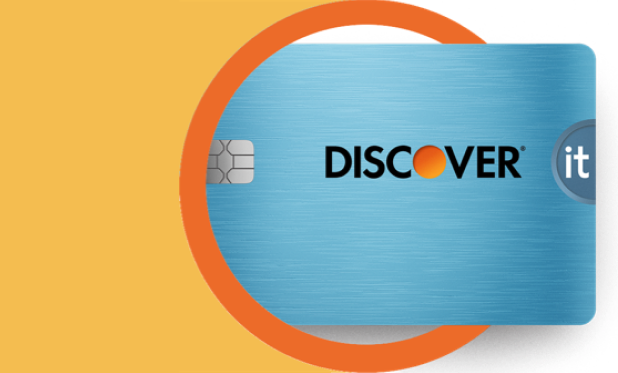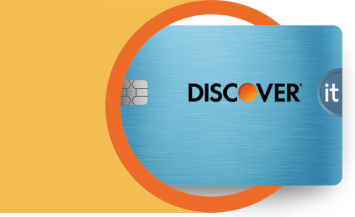A balance transfer is one option you may have if you want to consolidate debt from multiple creditors, or simply move high interest credit card debt from one card to a new card with a low introductory interest rate. Let’s explore how balance transfers work and what to consider when transferring a balance so you can determine if it’s the right solution for you.

How Does a Credit Card Balance Transfer Work?
Next steps


See rates, rewards and other info
You may also be interested in
Was this article helpful?
Was this article helpful?
-
There is no hard inquiry to your credit report to check if you’re pre-approved. If you’re pre-approved, and you move forward with submitting an application for the credit card, it will result in a hard inquiry which may impact your credit score. Receiving a pre-approval offer does not guarantee approval. Applicants applying without a social security number are not eligible to receive pre-approval offers. Card applicants cannot be pre-approved for the NHL Discover Card.
-
Legal Disclaimer: This site is for educational purposes and is not a substitute for professional advice. The material on this site is not intended to provide legal, investment, or financial advice and does not indicate the availability of any Discover product or service. It does not guarantee that Discover offers or endorses a product or service. For specific advice about your unique circumstances, you may wish to consult a qualified professional.


